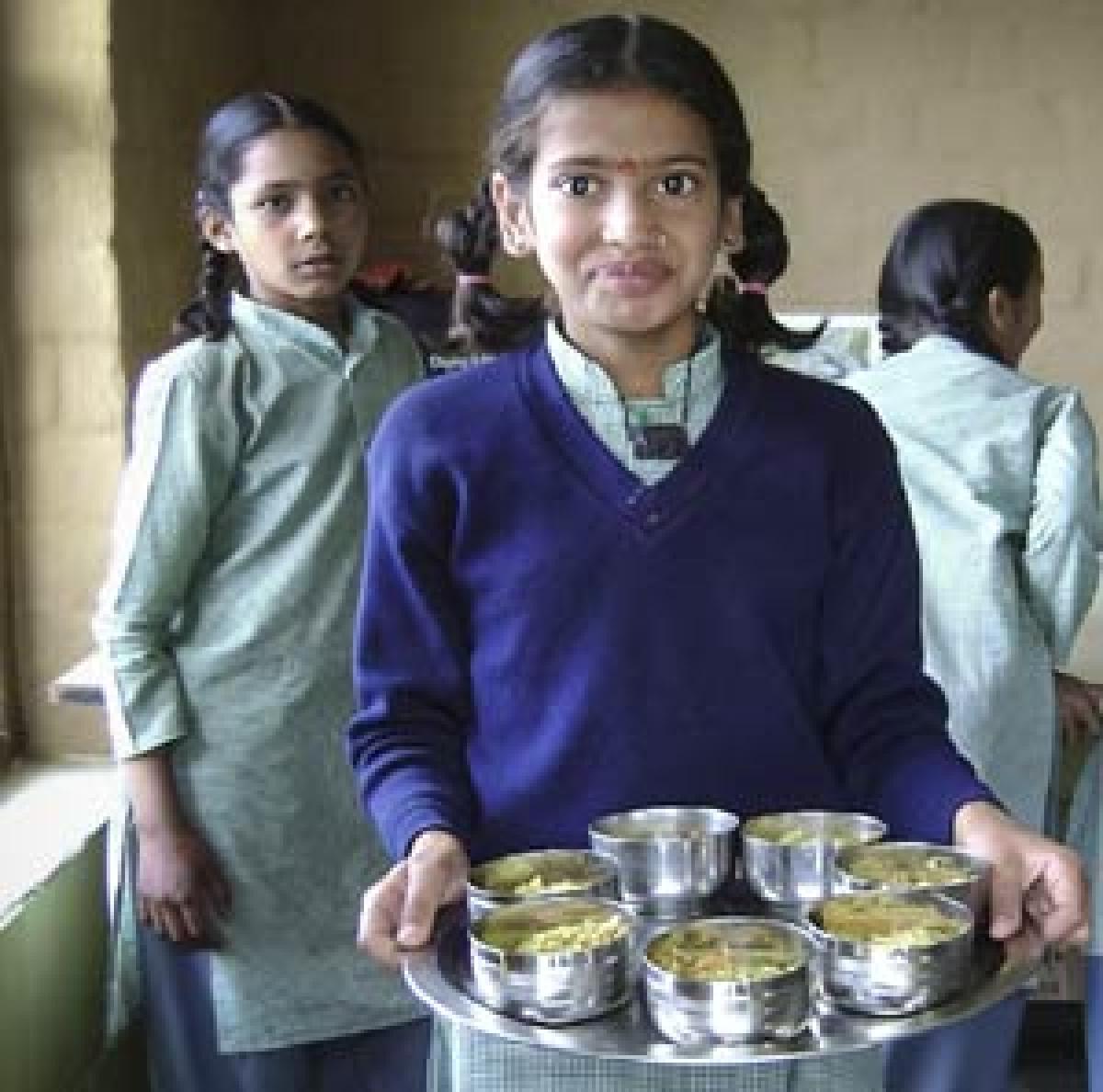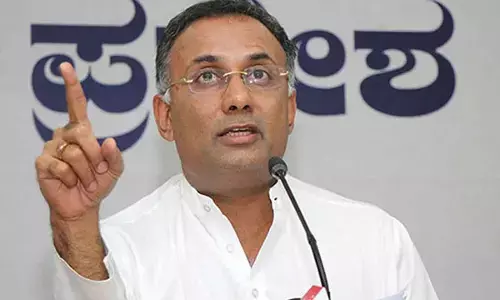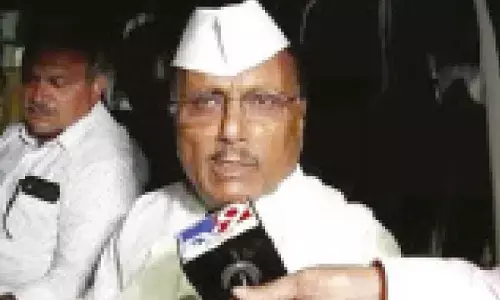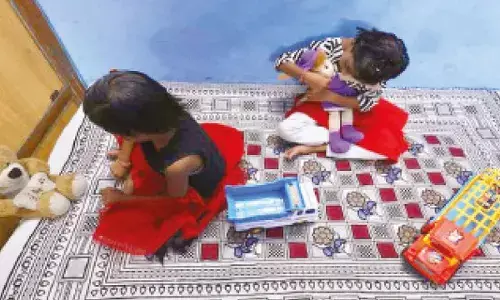Need for national action plan on nutrition security

During the last two decades, India witnessed significant improvement in several spheres. There has been improvement in household incomes, in agricultural production, and child survival.
During the last two decades, India witnessed significant improvement in several spheres. There has been improvement in household incomes, in agricultural production, and child survival. The income of the average Indian rose by an average annual rate of 4.7 per cent during the period 1990-2014. Child under nutrition rates have been declining, slowly but surely during 1992-2006, and the pace accelerated only since 2006.
What Rapid Survey on Children says
- India home to over 40 million stunted children below the age of 5, the highest in the world
- 17 million wasted children reported in India by 2014. Wasting refers to acute malnutrition
What does NFSA stipulate?
- National Food Security Act (NFSA), 2013, aims at ensuring adequate quantity of quality food at affordable prices, to help people live a life of dignity. While Centre has National Nutrition Mission, some yet to set up State Nutrition Missions.
What needs to be done?
- Design institutional network to look at regulatory and policy environment, food and nutrition pricing, public interest and associated expenditure to help create sustainable food and nutrition insecurity
Despite several achievements, the facts on the ground project a bleak scenario. India is still home to more than 40 million stunted children and 17 million wasted children less than 5 years of age. Wasting is sometimes referred to as "acute malnutrition" because it is believed that episodes of wasting have a short duration, in contrast to stunting, which is regarded as chronic malnutrition.
According to the latest UN estimates, an estimated 52 million children under 5 years of age, or 8%, were wasted in 2011. The Rapid Survey on Children was commissioned by the Union Ministry of Women and Child Development across 29 States during November 2013 with technical and financial assistance from UNICEF India.
The key objective of the survey was to assess the situation of children and women in the country with special emphasis on access and utilization of services under the ICDS Scheme and to provide baseline data for the restructured ICDS Scheme. Carried out in the years 2013-2014, the survey reflects that 38.7% children aged 0-59 months are stunted. In the case of children who belong to the Scheduled Castes and Tribes category, the percentage of stunting is much higher, at 42.3% and 50.7% respectively.
The rate of improvement in the nutritional status has not, sadly, kept pace with India’s significant gains in economic growth and agricultural productivity during recent times. To be able to continue and sustain its economic trajectory, it is imperative that the problem of nutrition be tackled on priority.
Article 47 of the Constitution of India states that, “the State shall regard raising the level of nutrition and standard of living of its people and improvement in public health among its primary duties.” The Government of India notified the National Food Security Act (NFSA), 2013, with the objective to provide for food and nutritional security in human life cycle approach, by ensuring access to adequate quantity of quality food at affordable prices, to live a life of dignity.
The NFSA provides for coverage of up to 75% of the rural population and up to 50% of the urban population for receiving food grains under the Targeted Public Distribution program (TPDS), thus covering about two-thirds of the population. The NFSA also has a special focus on the nutritional support to women and children. Besides providing meals to pregnant women and lactating mothers, during pregnancy and six months after childbirth, such women would also be entitled to receive maternity benefits to the tune of Rs 6000, at the minimum.
Children up to 14 years of age would be entitled to nutritious meals as per prescribed nutritional standards. In the case that food grains or meals are not supplied, the beneficiaries would receive a food security allowance. The NFSA is empowered to monitor the TPDS, the ICDS Supplementary Nutrition Program and Mid-Day Meal Program (MDM).
The NFSA mandates that every State government shall by notification constitute a ‘State Food Commission for the purpose of monitoring and review of implementation of this act.” The enactment of the Act is undoubtedly a significant step towards addressing hunger and malnutrition of children and women in a focused manner. While the Government of India has planned to establish a National Nutrition Mission, some state governments have already established State Nutrition Missions.
Some other states are establishing State Food Commissions or State Food and Nutrition Commissions. Civil society organisations have advocated for appropriate institutional arrangement on nutrition and food security at the national, state and community levels. The need of the hour is to evolve a stakeholder and partnership alignment on institutional arrangement on nutrition at various levels.
Focusing on this, there is need for establishment of appropriate institutional arrangement on nutrition and food security at the national, the state and the community levels to foster evidence-based advocacy to achieve sustainable food and nutrition security. These institutional arrangements on nutrition for India from the village level to the national level shall draw together experiences from models that reflect best practices and explore ways to integrate this knowledge to develop commonly agreed institutions at various levels.
The Government of India may establish a Cabinet Committee on Food and Nutrition Security under the chairpersonship of the Hon’ble Prime Minister to design food and nutrition architecture involving institutional network, to look at regulatory and policy environment, food and nutrition pricing, public interest and associated expenditure which can safeguard the country’s bio diversity, genetic potential and people on food and nutrition insecurity.
There is a need to establish a National Food and Nutrition Commission with appropriate powers to play a catalytic role in coordinating the functions of state commissions to ensure food and nutrition governance. When implemented, this would facilitate achieving one of the Sustainable Development Goals (SDGs) Goal 2: ‘End hunger, achieve food security and improved nutrition, and promote sustainable agriculture.’
By Pradeep Kumar Panda




















